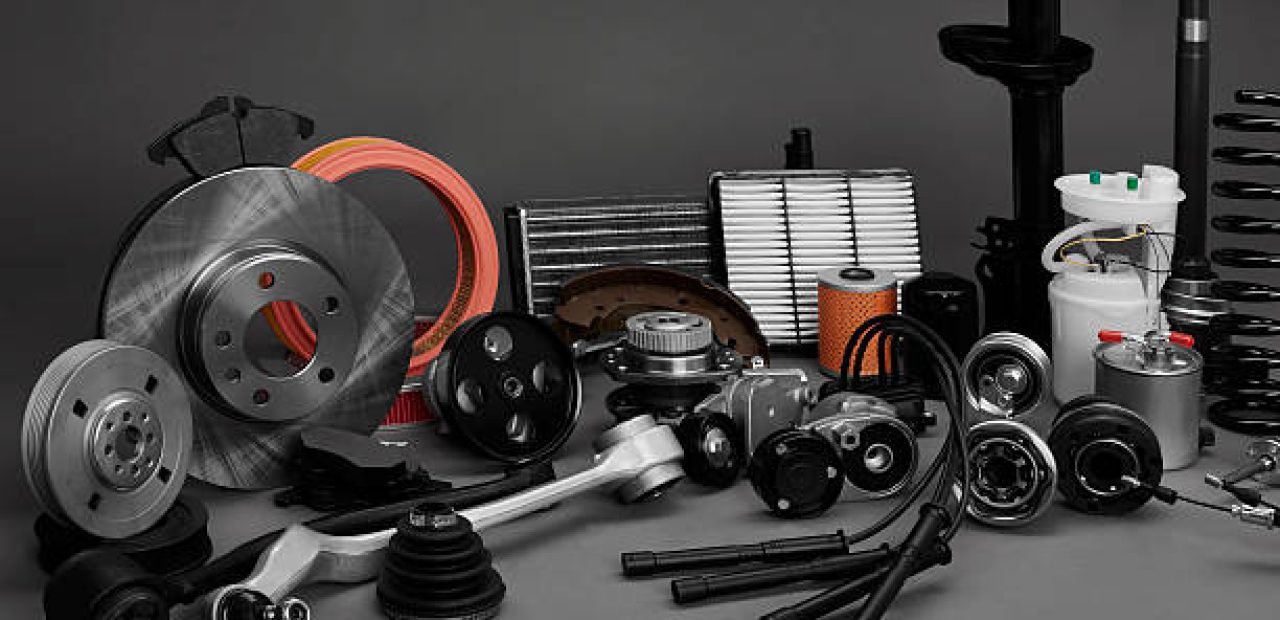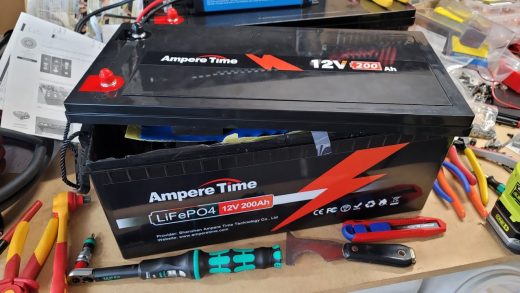The Advantages & Disadvantages of Using LEDs in Cars
LEDs (Light Emitting Diodes) have gained popularity as a lighting option in cars due to their numerous advantages. Suncent auto – quality auto parts for your vehicle are available online so that one can order auto parts online and avail free of cost shipping. However, like any technology, they also come with a few disadvantages. Let’s explore the advantages and disadvantages of using LEDs in cars:
Advantages of Using LEDs in Cars:
Energy Efficiency: LEDs are highly energy-efficient compared to traditional lighting options such as halogen bulbs. They convert a higher percentage of electrical energy into light, resulting in less energy wasted as heat. This efficiency helps reduce the load on the vehicle’s electrical system and can contribute to improved fuel efficiency.
Longevity: LEDs have a significantly longer lifespan compared to other lighting options. They can last up to 25 times longer than halogen bulbs, reducing the frequency of replacements and the associated maintenance costs. This longevity is especially beneficial for car owners who want to minimize the hassle of frequent bulb changes.
Instant Illumination: LEDs provide instant illumination when switched on, unlike some other lighting technologies that require a warm-up period. This instant illumination ensures immediate visibility and improves safety, particularly in situations where quick response times are essential, such as braking or signaling. If you want to buy 4wd and SUV parts for your vehicle then must visit SuncentAuto for excellent quality products at affordable prices.
Compact Size: LEDs are compact in size and offer design flexibility. This advantage allows car manufacturers to incorporate them into sleek and stylish designs, making them ideal for both exterior and interior lighting applications. The compact size also makes it easier to install LEDs in various parts of the vehicle, including headlights, taillights, turn signals, and interior lighting.
Durability: LEDs are more resistant to shock, vibrations, and temperature fluctuations compared to traditional bulbs. This durability makes them well-suited for automotive applications, where the lights may be subjected to harsh conditions on the road. LEDs can withstand rough terrain, potholes, and other impacts without compromising their performance.
Disadvantages of Using LEDs in Cars:
Higher Cost: LED technology is generally more expensive upfront compared to traditional lighting options. The initial investment in LEDs may be higher, but the longer lifespan and energy efficiency can offset the higher cost over time. However, it’s important to consider the cost-benefit ratio and your specific budget before opting for LED lighting upgrades.
Heat Sensitivity: Although LEDs produce less heat compared to other lighting options, they are sensitive to heat. If not properly designed or cooled, excessive heat can affect the performance and longevity of LEDs. Proper heat dissipation mechanisms, such as heat sinks or cooling fans, are necessary to ensure optimal performance and prevent premature failure.
Compatibility and Retrofitting: Retrofitting LEDs into existing lighting fixtures may require additional modifications or adaptations. Some vehicles may not be designed to accommodate LED bulbs directly, necessitating the use of adapters or custom solutions. It’s important to ensure compatibility and proper installation to avoid issues with fitment or functionality.
Color Temperature Consistency: While LEDs offer a range of color temperatures, ensuring consistency across different lighting fixtures can be a challenge. It’s important to select LEDs with similar color temperatures to maintain a uniform and aesthetically pleasing lighting appearance throughout the vehicle.
In conclusion, LEDs offer numerous advantages in terms of energy efficiency, longevity, instant illumination, compact size, and durability. However, it’s important to consider the higher upfront cost, heat sensitivity, compatibility, and color temperature consistency. By weighing the pros and cons, you can make an informed decision regarding the use of LEDs in your car’s lighting system.













